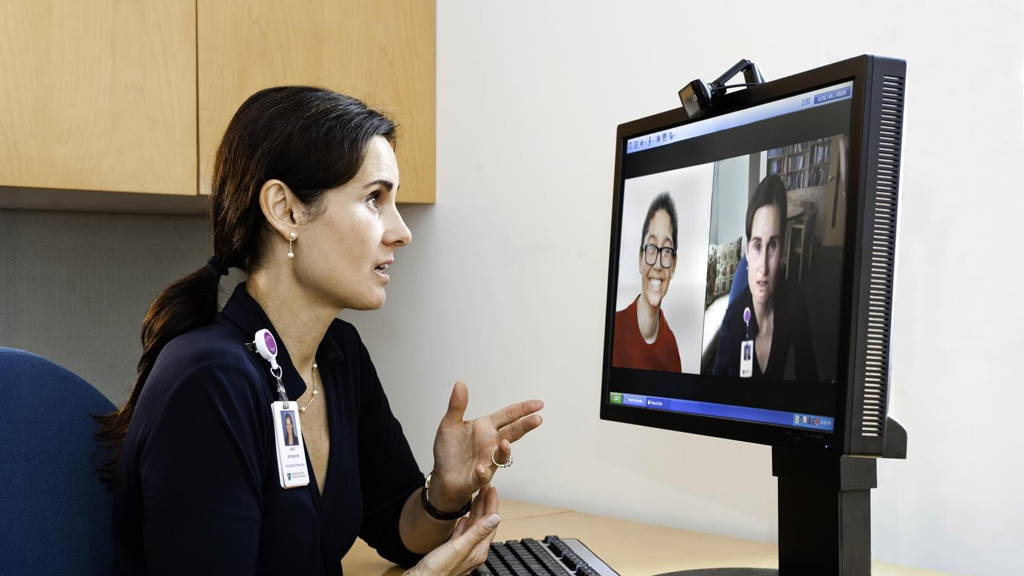Rand analysed the behaviour of more than 300,000 people who had generous medical benefits that included coverage for direct-to-consumer telemedicine. These people are all enrolled in a health plan through CalPERS, a California public employee benefit organization that began offering direct-to-consumer telehealth services to members in 2012.
The research focussed on visits handling respiratory illnesses, like bronchitis. Turns out, only 12% of telemedicine visits analysed in this study replaced an in-person visit. 88% of the visits represented new use of care: visits a patient wouldn’t have usually made.
Another Rand study, carried out last year, offered similar results. Rand researchers studies retail clinics, and found that making healthcare more easily accessible actually triggers new use and thus additional costs. The percentage of new use of medical services was slightly lower: 58% of visits to clinics represented new use.
One of the solutions the researchers suggest is developing tools for patients who use the emergency department frequently, and redirect them to telehealth services instead. This would increase the value of a virtual doctor visit for patients, since it would drastically reduce costs: a visit to the emergency room costs around $1,734, compared to around $79 for a telehealth visit.
RAND Health is an independent health policy research program. The study was published in the journal Health Affairs.
The research focussed on visits handling respiratory illnesses, like bronchitis. Turns out, only 12% of telemedicine visits analysed in this study replaced an in-person visit. 88% of the visits represented new use of care: visits a patient wouldn’t have usually made.
Lower costs, but more visits
The study did find it to be true that telehealth would bring down costs. On average, a telehealth visit costs about $79, compared with about $146 for an office visit, according to the study. However, the amount of visits went up, meaning that the reduction of costs did not have a great impact on the total bill. The study estimates that net annual spending on acute respiratory illness increased by $45 per telehealth user. This means that the payer was actually spending more, instead of less, on healthcare.Another Rand study, carried out last year, offered similar results. Rand researchers studies retail clinics, and found that making healthcare more easily accessible actually triggers new use and thus additional costs. The percentage of new use of medical services was slightly lower: 58% of visits to clinics represented new use.
Liability claims
Potential liability claims might be a reason for telehealth physicians to recommend more in-person visits than they would usually do. This results in patients seeking care for minor illnesses, which otherwise wouldn’t have prompted them to pay a visit to the doctor’s office. This means that a patient has to pay for more follow-up appointments, lab tests and prescriptions, which obviously increases spending in the long run.One of the solutions the researchers suggest is developing tools for patients who use the emergency department frequently, and redirect them to telehealth services instead. This would increase the value of a virtual doctor visit for patients, since it would drastically reduce costs: a visit to the emergency room costs around $1,734, compared to around $79 for a telehealth visit.
RAND Health is an independent health policy research program. The study was published in the journal Health Affairs.








